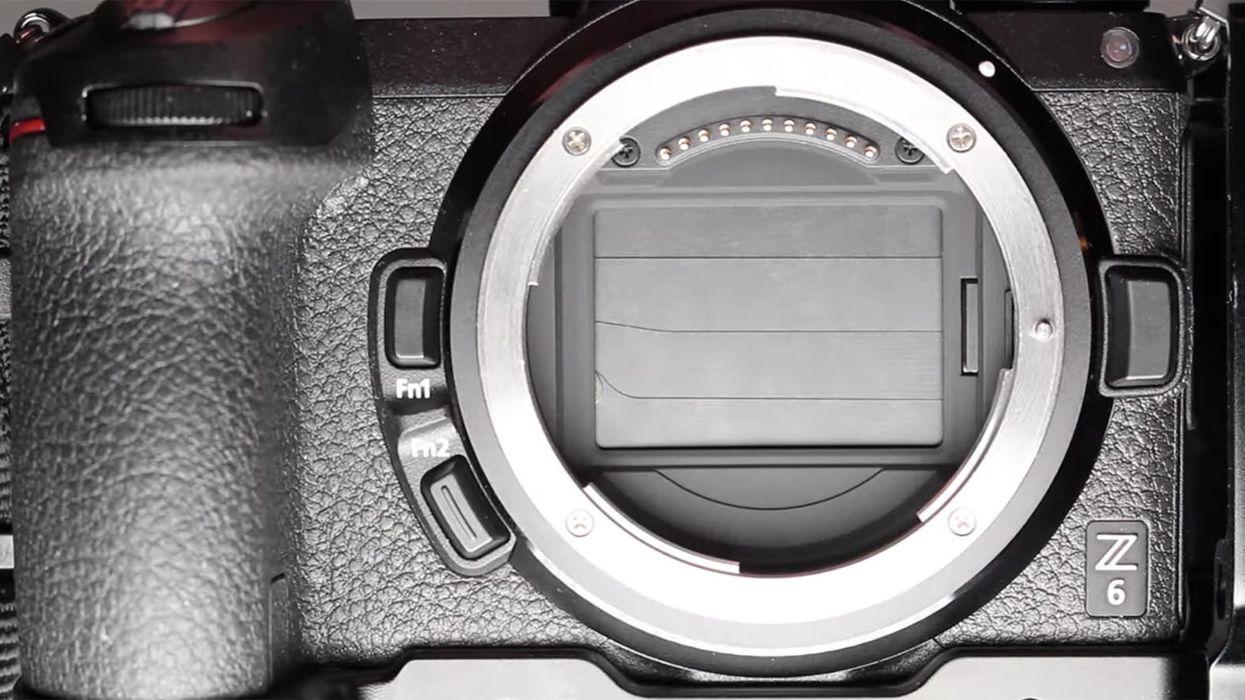This Lens Hack Could Lock Up Your Nikon Camera
This one thing could trigger mandatory service requirement

Being a mirrorless camera, the Nikon Z6 and Z7 have a slight design flaw that exposes the full frame image sensor to the elements during a lens change. So hackers have discovered a way to close down the shutter curtain by removing the battery and introducing an error. It works. But the real question is, will it do more harm than good?
The idea came from the YouTube channel Testcams, and requires shooters to remove the data card, then remove the battery while the camera is still on. This will lock down the shutter curtain, thereby protecting the image sensor from any dust. You can then swap out the lens, and then reinsert the camera and reset it by "dry firing" the shutter button.
Every camera has an error count [and] if you pass the max count, the camera will [lock up] and won’t release the shutter. This is a way to send your camera to the service [center] for a repair.
It seems like a simple hack, and one that apparently works as advertised. However, as one YT viewer noted in the comments, Nikon's operating system keeps track of errors encountered using the camera. Once that error count reaches a set maximum limit, the camera will lock down the shutter mechanism until the camera is then sent in for service.
And if you look at other comments on this page, just about every single reply has warned that this hack is a completely wrong way to get around exposing the image sensor during a lens change. One viewer adds that the hack doesn't work at all since any dust that lands on the shutter mechanism during the exchange will then be transferred onto the image sensor once the error is cleared.
Still, another states that testing the hack with the latest firmware update, version 1.03, doesn't work at all. So, it could be that Nikon engineers discovered the bug and removed it.
So how could you make a lens change out in the field without exposing your image sensor to dust? Well, one recommends a film changing bag for under $30, which a shooter could zip up around the camera and lenses, and then change them in a mostly dust free environment. That's better than nothing.
Shooters could also sit in an enclosed car or trailer to get themselves out of the elements in order to make the change, or even do it under a jacket.
Or, users can just get trained on how to keep their image sensor cleaned, knowing it will get dirty from time to time with regular use. The point is, that there are far less intrusive methods for guarding your Z series image sensors during a lens change, without resorting to fool hardy methods that seem to be designed to get more clicks than solve a problem.
Source: Peta Pixel














